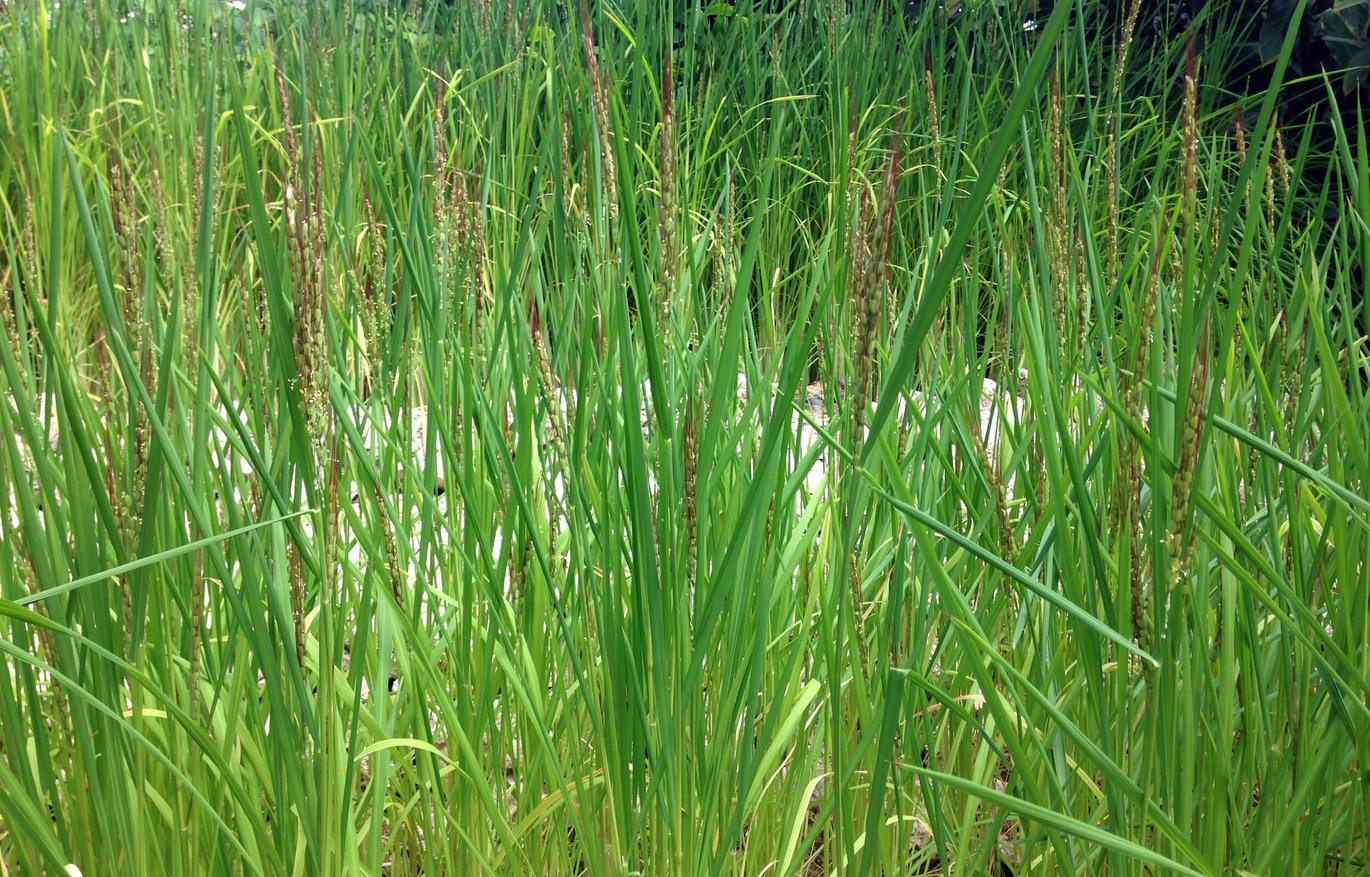Rice
Rice is the main source of nutrition for over half of the world's population, and up to 80% in some Asian countries.

Rice is widespread
Rice has been grown in Asia for almost 7000 years. Rice cultivation has spread from Asia, so that today rice is grown on all continents except Antarctica.
Rice is an important crop
Rice is a species of grass just like all other cereal crops. Rice is the main food source for over half of the world's population. It is especially an important crop in Asia, where rice in some countries accounts for almost 80% of the food.
The main groups of rice
There are many thousands of different varieties of rice. They are divided into two main groups: hill rice that can be grown dry just like our Danish cereal crops, and the swamp rice that must have the roots in water and therefore is grown in flooded or irrigated fields. Swamp rice is by far the most important group, making up about 90% of all the rice grown.
The climate issue
Growing swamp rice is not without problems for the climate. The decomposition of organic matter in the flooded rice fields, leads to formation and release of methane (CH4). Methane is a greenhouse gas, as is carbon dioxide (CO2), but methane's effect on the climate is 28 times more powerful than that of carbon dioxide.
Fact box:
- Greenhouse location: Tropican house
- Danish name: Ris
- Latin name: Oryza sativa
- Family: Grass family / Poaceae
- Natural habitat: Asia